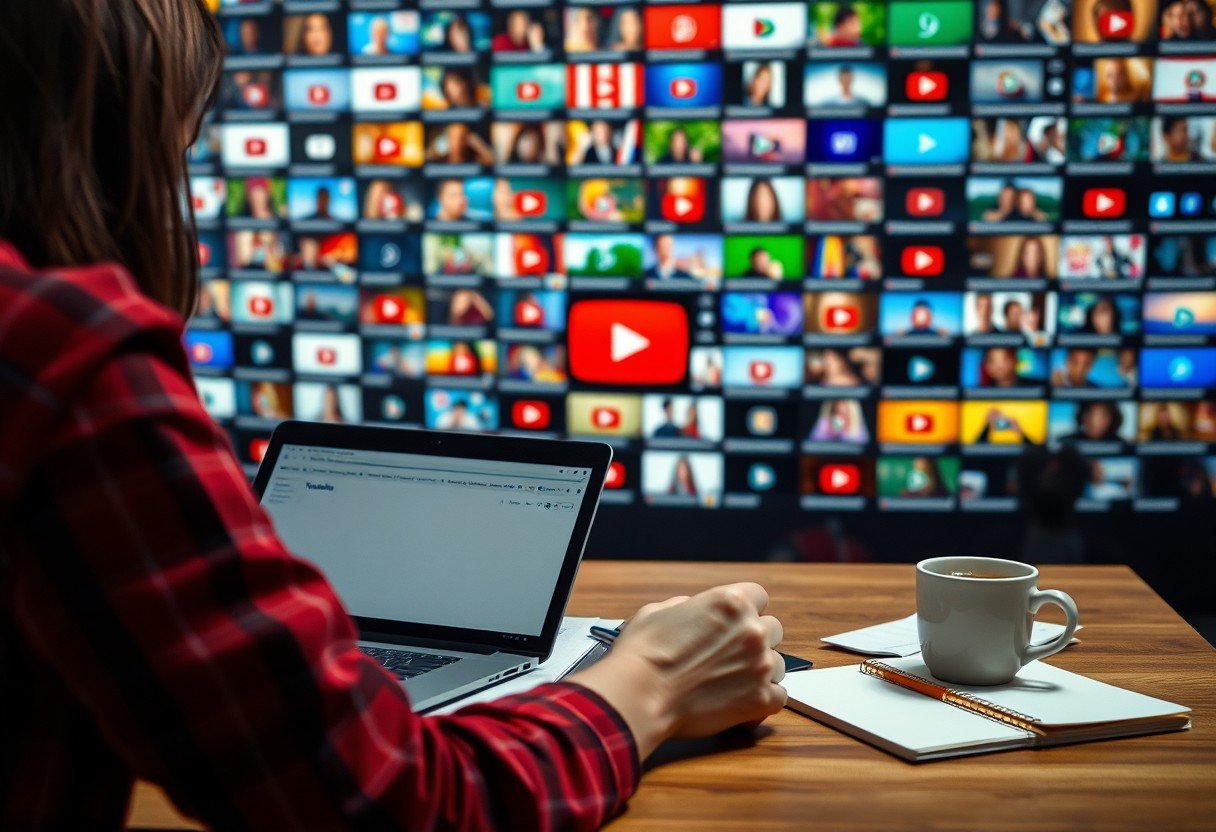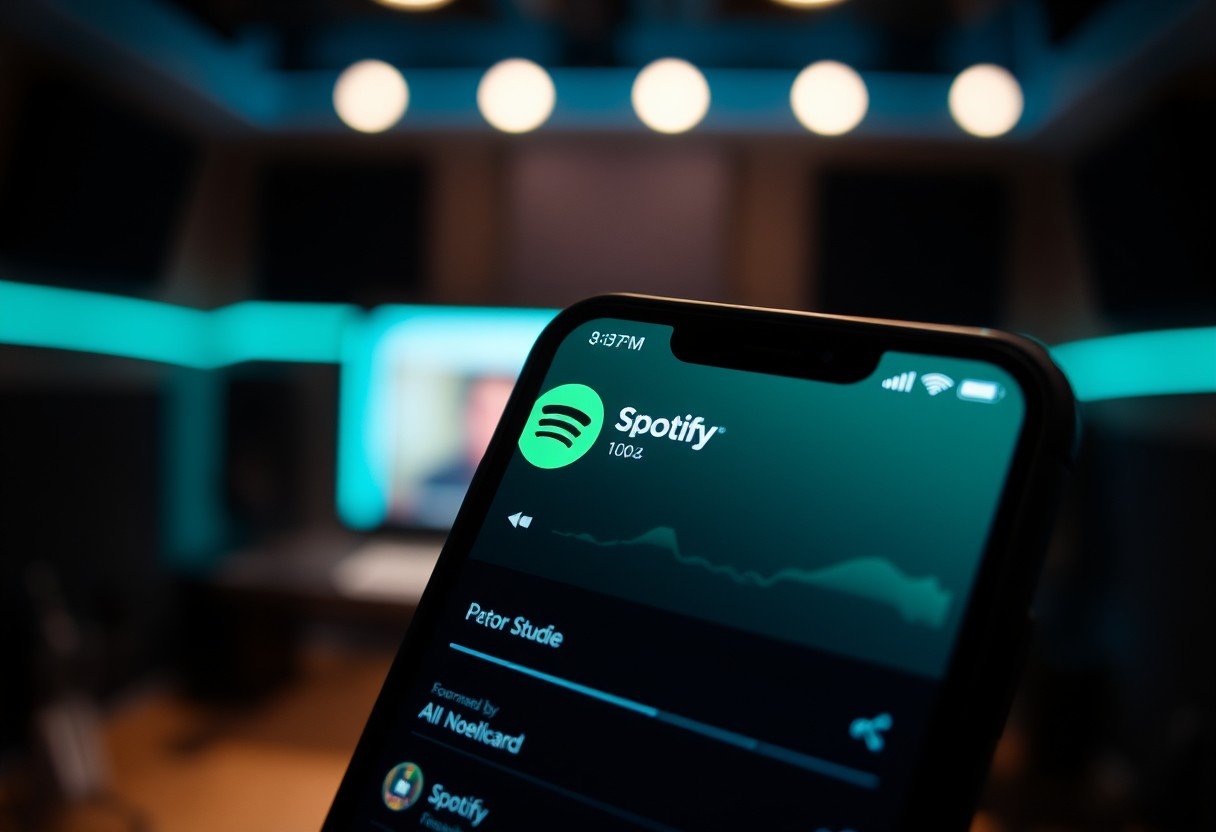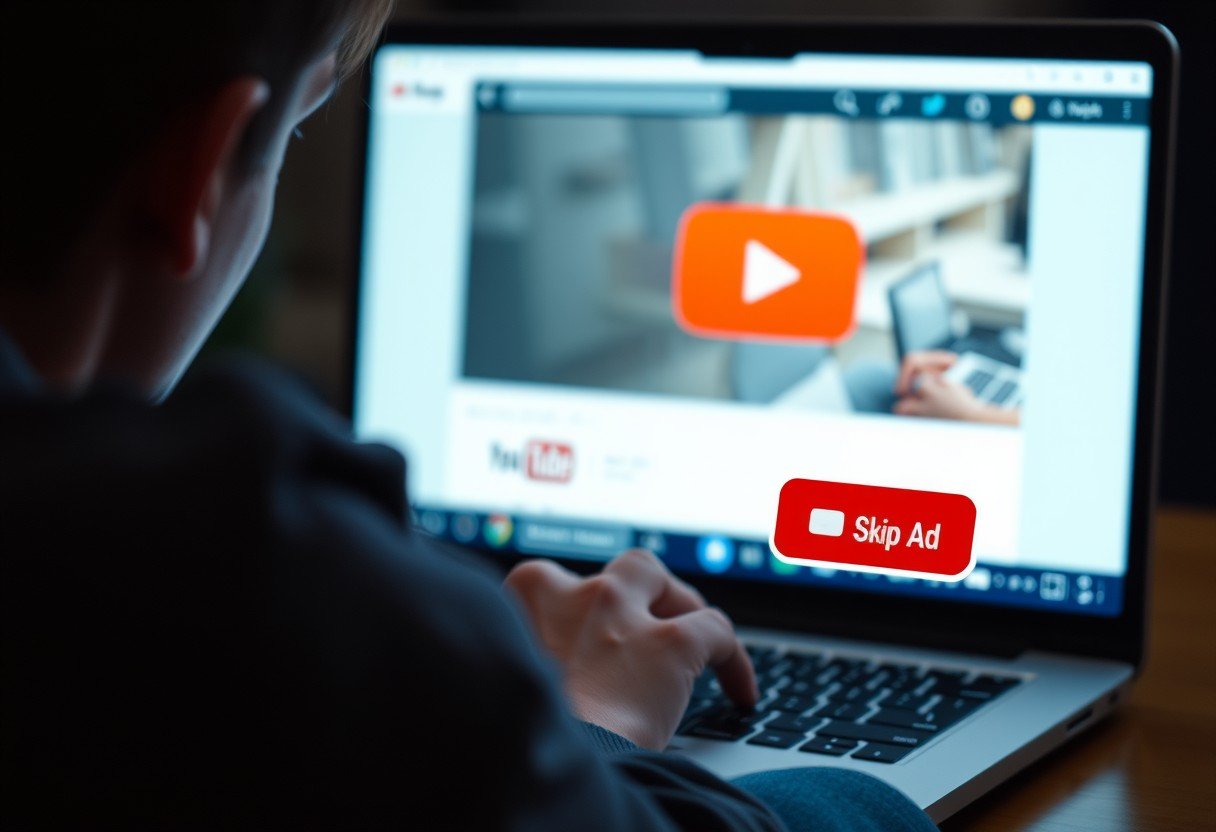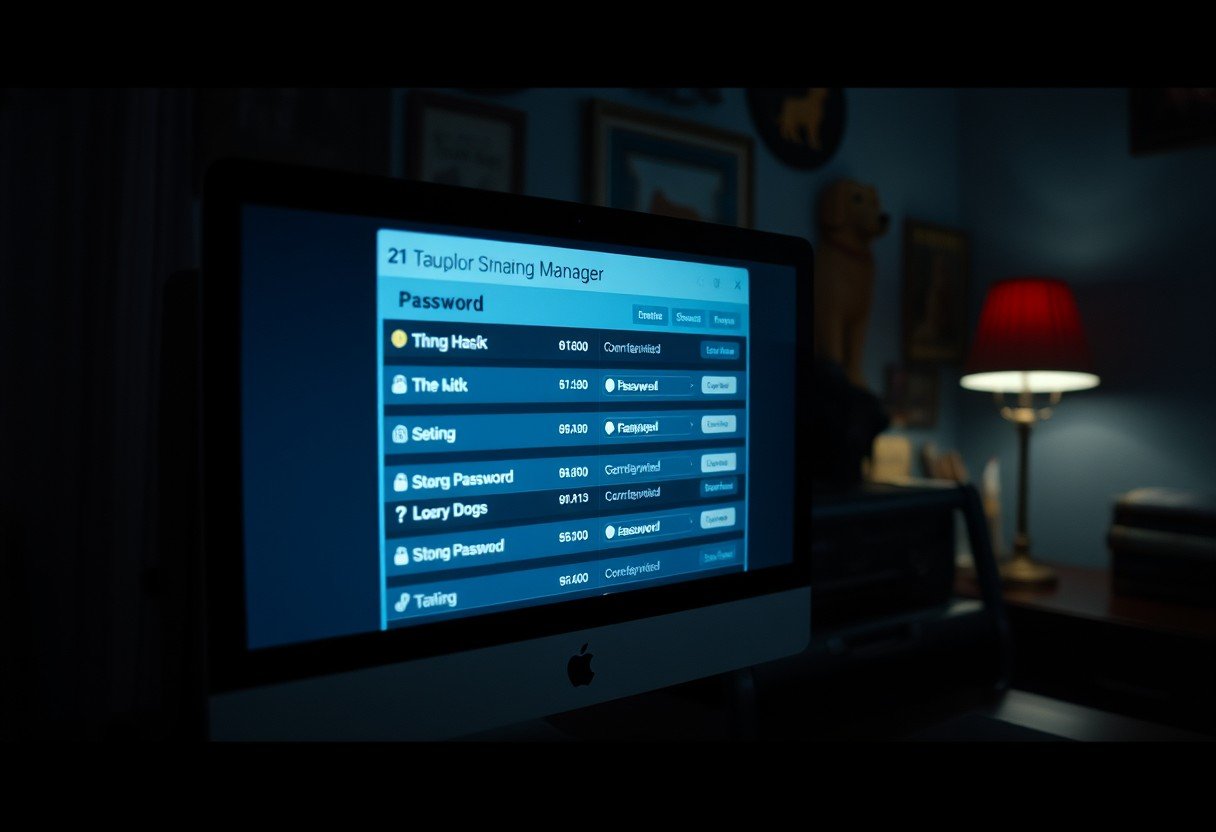Yes, you can absolutely create a YouTube channel using your personal name. It’s a popular choice for creators building a personal brand, like vloggers, coaches, or experts sharing their knowledge. This approach helps you establish a direct connection with your audience. However, it’s important to understand the differences between a personal channel and a brand account, as well as the privacy and legal implications before you start your YouTube journey.
Personal vs. Brand Accounts: What’s the Difference?
When you create a YouTube channel, you have two main options: a personal account or a Brand Account. The choice you make significantly impacts how you manage your channel. A personal account is directly linked to your personal Google account. This means you are the sole owner and manager.
On the other hand, a Brand Account is a separate identity that isn’t publicly linked to your personal Google account. The main advantage of a Brand Account is its flexibility; it allows you to add other people as managers or owners. This is ideal if you plan to work with a team or if your channel represents a business rather than just yourself.
Even if you start with your personal name, you can create a Brand Account with the same name to get these extra features. This gives you the best of both worlds: a personal brand identity with the management capabilities of a business account.
| Feature | Personal Account | Brand Account |
|---|---|---|
| Ownership | Tied to one Google account | Can have multiple owners and managers |
| Management | Managed by one person | Can be managed by a team |
| Name & Photo | Uses your Google account name and photo | Custom name and photo, separate from personal account |
Step-by-Step Guide to Creating a Channel in Your Name
Setting up a YouTube channel with your name is a straightforward process. The entire system is designed to be user-friendly, getting you from sign-up to your first upload in just a few minutes. Following these steps will ensure you have a solid foundation to build upon.
Here is a simple guide to get you started:
- Create or Sign in to Your Google Account: Your YouTube channel is connected to a Google account, so this is the essential first step. If you already have a Gmail address, you’re ready to go.
- Go to YouTube and Click “Create a Channel”: Once signed in, navigate to YouTube. You’ll usually see an option in the top-right corner menu to create your channel.
- Choose Your Channel Name and Handle: This is where you’ll enter your personal name. You will also create a unique YouTube handle (e.g., @YourName), which makes it easy for people to find and mention you.
- Customize Your Channel’s Appearance: Upload a profile picture and a banner image that represent you and your content. This is your chance to make a great first impression on new visitors.
- Upload Your First Video: Once your channel is set up, you can start sharing your content with the world. Click the “Create” button to upload your video.
Choosing the Perfect Name for Your Channel
Your channel name is the first thing people see, so it needs to be effective. While using your real name is a great option for personal branding, you can also consider a creative pseudonym or a combination of your name and your niche. For example, “John Smith” is good, but “John Smith Fitness” tells viewers exactly what to expect.
A memorable and descriptive name can significantly boost your channel’s discoverability in YouTube search. Think about what your target audience might be searching for.
To find the right name, consider these tips:
- Keep it simple and easy to spell: Complicated names are harder for people to remember and search for.
- Check for availability: Before you commit, make sure the name and a similar handle are available not just on YouTube, but also on other social media platforms you plan to use. This helps maintain brand consistency.
- Reflect your content: Your name should give a clue about your channel’s topic. This helps attract the right audience from the start.
A well-chosen name is a powerful tool that helps build your online presence and attract loyal subscribers.
Key Legal and Privacy Considerations
Using your real name on YouTube has benefits, but it also comes with important considerations you should not overlook. Your personal privacy is a major factor. When you use your name, you are creating a public persona that can make your personal information more accessible online. If you are concerned about privacy, using a pseudonym might be a better choice.
Legally, you are fully responsible for all content published on a personal channel. This includes any copyright claims or potential lawsuits that might arise. It is crucial to ensure your name doesn’t infringe on an existing trademark. Using the name of a famous person or an established brand can lead to serious legal trouble, so always do a quick search to make sure your chosen name is unique.
Understanding these implications helps you make an informed decision and protects you from future complications.
Monetization and Financial Implications
If your goal is to earn money from your YouTube channel, you need to understand the platform’s monetization policies. To be eligible for the YouTube Partner Program, you must meet specific requirements. Currently, you need at least 1,000 subscribers and 4,000 hours of public watch time within the last 12 months.
Once you are accepted into the program, you can start earning revenue from ads, channel memberships, and other features. However, remember that any income you generate is taxable. It’s essential to keep detailed records of your earnings and any expenses related to your channel, such as equipment or software.
These records will be necessary for filing your taxes correctly. Many creators operate as self-employed individuals, which comes with specific tax obligations. Consulting with a tax professional can help you navigate these financial complexities and ensure you remain compliant with the law while maximizing your earnings.
Protecting Your Content and Personal Brand
Once you start creating content, protecting it becomes a top priority. Your videos are your intellectual property, and you need to safeguard them from unauthorized use. Familiarize yourself with copyright law and YouTube’s built-in tools for content protection.
Fair use allows for the limited use of copyrighted material for purposes like commentary, criticism, or education, but its rules can be complex. If someone steals your content, you can file a DMCA takedown notice through YouTube. Being proactive about monitoring your content and taking swift action against infringement is key to maintaining control over your creative work. This ensures you receive the credit and benefits you deserve for your hard work.
Frequently Asked Questions about YouTube Channel Names
Can I use my real name if another YouTuber already has it?
Yes, you can. Multiple channels can have the same name, but your unique YouTube handle (@YourHandle) will differentiate you. However, to avoid confusion, it’s often better to add a middle initial or a word related to your niche to make your name more distinct.
What happens if I want to change my channel name later?
You can change your YouTube channel name at any time. Keep in mind that frequent changes can confuse your subscribers. It may also take time for your new name to become recognizable, so think carefully before making a switch.
Is a Brand Account always better than a personal one?
Not necessarily. A Brand Account is better if you plan to work with a team or want to separate your channel from your personal Google profile. For a solo creator focused on personal branding, a personal account is often simpler and perfectly adequate.
Do I need a business license to have a YouTube channel in my name?
Generally, you do not need a business license just to start a YouTube channel. However, as your channel grows and you start earning significant income, you may need to register as a business for tax purposes. The requirements vary by location, so it’s wise to check your local regulations.
How does using my name on YouTube affect my privacy?
Using your real name makes you more identifiable online, which can impact your privacy. Viewers may be able to find your other social media profiles or personal information. If this is a concern, consider using a well-chosen pseudonym to protect your identity.









Leave a Comment